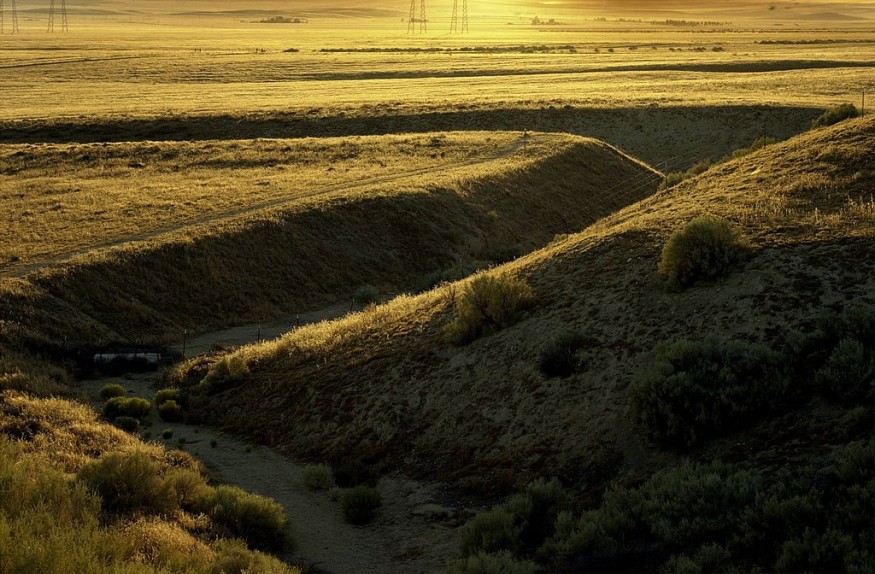A newly published study looks to the skies in the quest for an explanation for the tectonic activity on Earth, specifically the source of such a movement.
As indicated in a ScienceAlert report, this planet is far from a "solid mass of rock." The outer layer of this planet called the "lithosphere" is made up of over 20 tectonic plates, as such gargantuan slates are gliding about the face of Earth, the movement of continents is experienced, as well as interaction at the boundaries, not least of which the entire mountain ranges and oceanic trenches' rise and fall,
Nonetheless, there is some argument over what's causing the gigantic slabs of rocks to move around, in the first place.
Among the many theories put forward over hundreds of years, convection currents produced by the hot core of the planet have been described as an explanation, although it is doubtful if this effect would generate sufficient energy.

'Gravitational Forces' Accountable for the Earth's Tectonic Plates' Movement
Noting that force, instead of heat, is most typically used to move huge objects, the researchers have suggested that the gravitational forces' interplay forces from the Earth, Moon, and Sun could be accountable for the movement of the tectonic plates of Earth.
Key to the theory is the so-called "barycenter," the center of mass of a revolving system of bodies, in this circumstance that of the Moon and Earth.
This is the point around which the Moon actually revolves, and it is not directly in the center of mass of Earth, which is called the "geocenter."
Rather, the barycenter's location within this planet changes over the period of the month by as much as 600 kilometers since the orbit of the Moon around Earth is elliptical because of the gravitational pull of the Sun.
According to Anne Hofmeister, a geophysicist from Washington University in St. Louis, since the oscillating barycenter lies approximately 4,600 kilometers from the geocenter, the tangential orbital acceleration, as well as the solar pull, are imbalanced, except at the barycenter.
Earth-Sun-Moon Configuration
Essentially, the thick, strong, and warm interior layers of Earth can endure such stresses, although its cold, thin and brittle lithosphere reacts by fracturing.
Further strain is added to the spins of this planet on its axis, flattening out a little from an ideal spherical shape, and these three stresses from the Earth, Sun, and Moon combine to result in the shifting, as well as the splitting of tectonic plates.
In their research published the GSA Special Papers, the researchers wrote, differences in the centrifugal force's magnitude and alignment, accompanying the solar pull as Earth heaves in its complex orbit about the "Sun superimpose highly asymmetric," temporally adjustable forces on this planet, which is stressed by spin already.
What's occurring beneath the surface is that the solid lithosphere, as well as the solid upper mantle, are being spun at different speeds since these strains and stresses, the study investigators reported, all because of the specific configuration of the Earth, Sun, and Moon, as specified in a similar Florida Digital News report.
Related information about tectonic plates and earthquakes is shown on Pixeldust Studio's YouTube video below:
RELATED ARTICLE : Earliest Land Plants 400 Million Years Ago Possibly Modified Earth's Climate Regulation
Check out more news and information on Space and Environment & Climate in Science Times.
© 2026 ScienceTimes.com All rights reserved. Do not reproduce without permission. The window to the world of Science Times.











